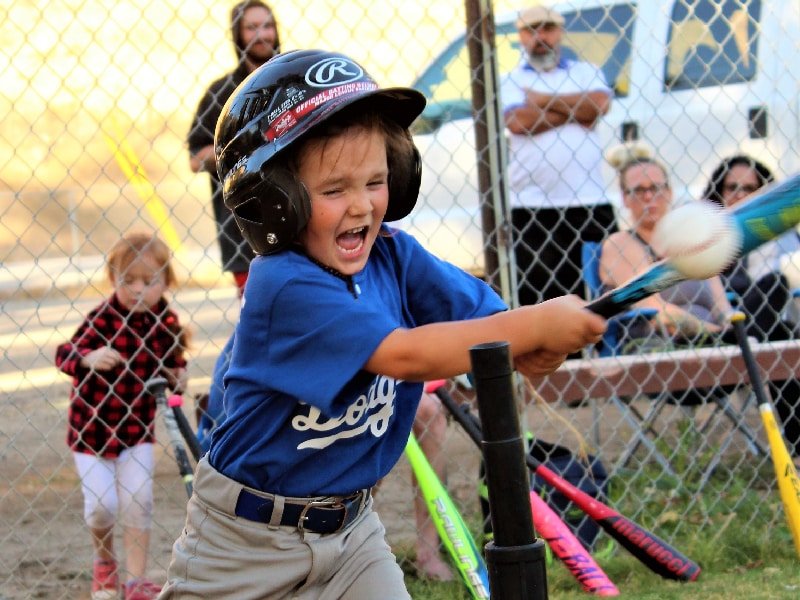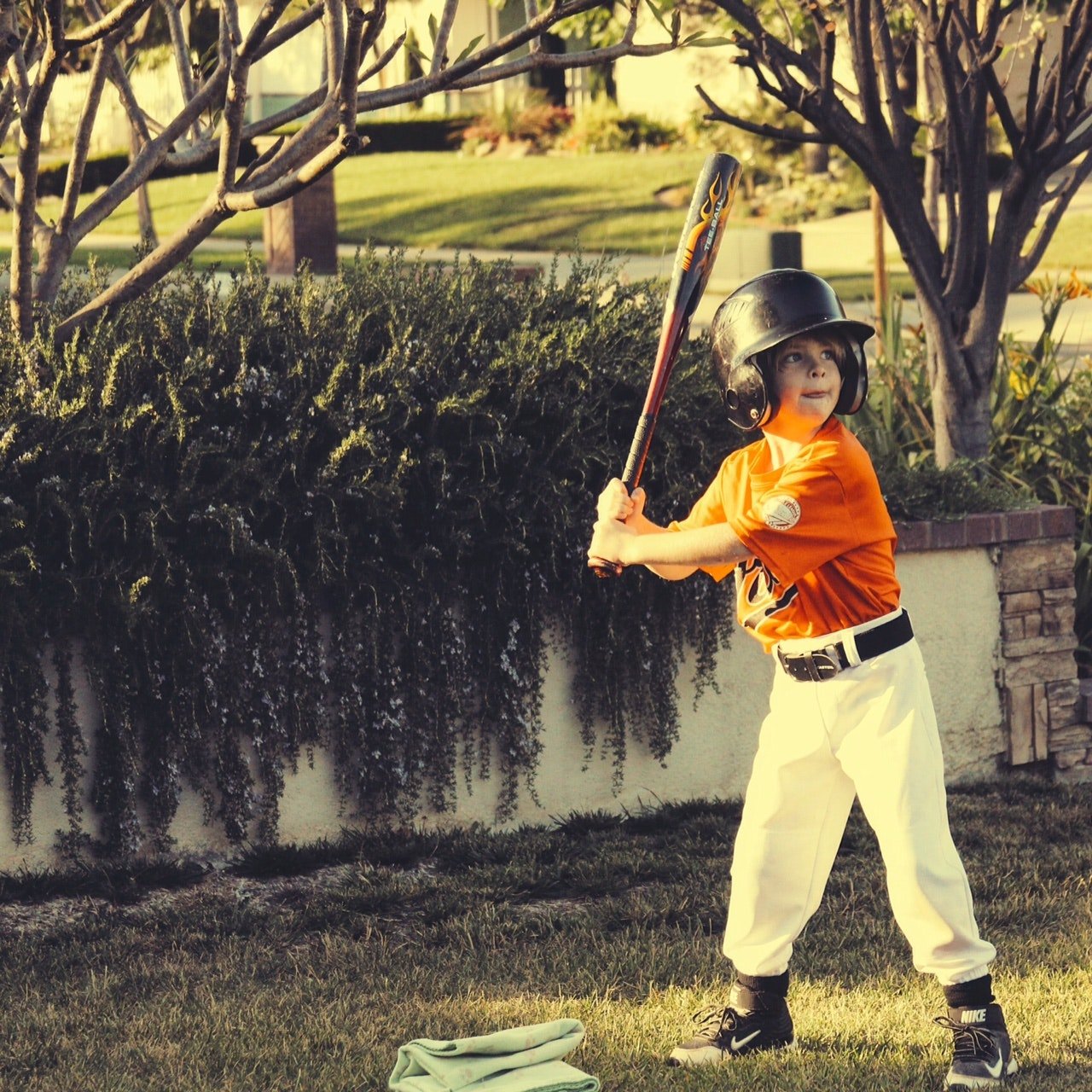When it comes to playing baseball, cleats come to mind as one of the must-have items. Without a pair of comfortable, durable and good quality cleats, you won’t be able to play baseball at your optimal level. If you are a beginner, make sure you add a good pair of cleats to your list of baseball equipment. However, before buying a pair of baseball cleats it is wise to learn about the different types first.
Both baseball and softball cleats come in a variety of styles and each serve a specific purpose. We’ll dig into each type of baseball cleats to help you determine which one you need.

Why learn about the types of baseball cleats?
To avoid buying the wrong type of baseball cleats, you’ll have to consider a few different factors. The player’s age, league rules, and even the type of field being played on can determine which cleats you go with. Buying the wrong pair could result in not being allowed to play or in the worst case, even result in an injury.
There are different types of cleats for players of different abilities and ages. For kids, cleats are not the same as they are for adults. Again, it also varies in accordance with different league rules.
So, the first step is to make sure that you are aware that there are different types of baseball cleats available. In addition to this, you’ll have to determine which types of baseball cleats are acceptable for the league being played in. You can then use the following information to determine which baseball cleats you eventually go with.
Different types of baseball cleats
There are actually four different types of baseball cleats. They are different based on the type of studs and their function. Let’s have a look at these four types of cleats along with their unique attributes.
1. Metal Cleats
Metal cleats have metal studs on the sole of the shoe. These cleats are specifically designed to provide the best traction because the sharper metal studs can dig into the ground more easily.
However, metal cleats are not allowed in many leagues due to higher safety issues. Since the metal studs dig more easily into the ground, it could cause injuries when a player’s foot is dug into the ground and tries to make a quick move. Also, it’s more likely to cause injury to other players on sliding plays. Due to these safety concerns, most (if not all) youth leagues do not allow metal cleats.
2. Molded cleats
Molded cleats are made of rubber or plastic studs. These cleats are comparatively more durable and versatile. For young players, molded cleats are also the most popular type. Molded cleats are usually more affordable and available as well. There is less risk for injury when compared to metal cleats.
For youth leagues, you’ll likely be going with molded cleats since metal cleats won’t be allowed.
3. Turf cleats
Turf cleats are likely the most comfortable option and might even be mistaken for regular sneakers. However, you’ll likely be sacrificing the traction you get from the other options so you’ll have to take that into consideration.
4. Interchangeable cleats
If you want the flexibility of having both the rubber/plastic and the metal cleats, then interchangeable cleats would likely be a good fit. The main feature of interchangeable cleats is that you can change the studs between metal and rubber/plastic on the same shoe. The studs on these types of cleats are screwed on so they can easily be replaced. These cleats tend to be a little heavier than the other options.
The four types of cleats also come in two variations.
1. Low-cut cleats
Low-cut cleats don’t come up above the ankles. They are comparatively lightweight and players prefer them for quickness and comfort. However, since they are low-cut, they don’t provide much ankle support.
2. High-cut cleats
High-cut cleats come up much higher covering the ankles. They’re usually heavier than the low-cut cleats but provide extra ankle support. Players may choose this variation as a style preference or for the extra support but many go with the low-cut for the quickness and comfort.
Conclusion
As long as there aren’t any league restrictions, the type of cleats you go with comes down to personal preference and comfort. Now that you know the different types of cleats, you can decide what works best for you.








